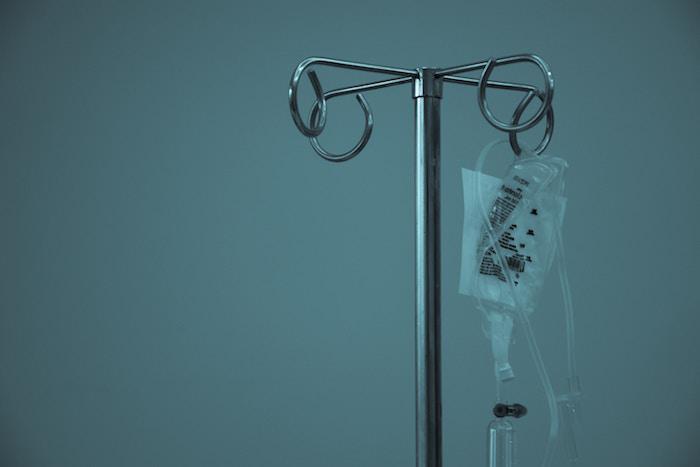When it comes to treating your pain, you want the most effective medication — and medicine delivery system — that is available. While you take some pain medications orally, others can be administered intravenously, going directly into your bloodstream so they can deliver rapid, adjustable relief.
At Pacific Pain and Regenerative Medicine, we use intravenous (IV) pain treatment as part of a wide-ranging approach to pain medication management. Here are some of the pain relief medications you may be prescribed to take intravenously, and the most common reasons you might be prescribed them.
Rush delivery
When rapid relief is important, an IV system is often the best delivery system. To give you an IV, we find a spot that offers good access to a vein, often in your wrist. We clean your skin thoroughly, insert an IV needle under your skin, and tape it into place.
IV medications are injected directly into one of your veins. This allows medication to circulate through your bloodstream without having to go through the digestion process, which absorbs some of the medicine. A dose of IV medication can take effect within minutes.
Why IV pain treatment?
IV pain treatment is a common part of post-surgical procedures, especially during the first 72 hours, when your pain is the most severe. IVs are also helpful in situations where you might not be conscious enough to safely swallow pills without the risk of choking, as when you’re coming out of sedation after surgeries.
Once you’re ready to return home, there’s a good chance your IV pain treatment will be translated into pills or other delivery system. While an IV is easy and effective to use in a hospital setting, it’s far less common in home care, and it can be difficult to manage by yourself.
Types of IV pain medication
Post-surgical IV pain medications are likely to be non-steroidal anti-inflammatory drugs (NSAIDs), in the same drug family as over-the-counter pain medications like ibuprofen. You may also be given analgesic medication, or an opioid-based narcotic medication.
Opioid medications, originally derived from poppy plants, can be highly addictive, but they’re very effective for severe pain management. Medications like the narcotics morphine and Dilaudid® (hydromorphone), the synthetic opioid fentanyl, and the mostly discontinued opioid Demerol all belong to this category of pain medications.
At Pacific Pain and Regenerative Medicine, Dr. Hasan Badday, MD, helps you decide if opioids are right for you, and he may give you IV or pill-based delivery systems for your prescribed medications.
If you have questions or concerns about IV pain medication, schedule a consultation with Dr. Badday at one of our convenient offices today. We support patients who are dealing with pain treatment in Southern California, with locations in Irvine and Los Angeles. To make an appointment, call today or book online.









